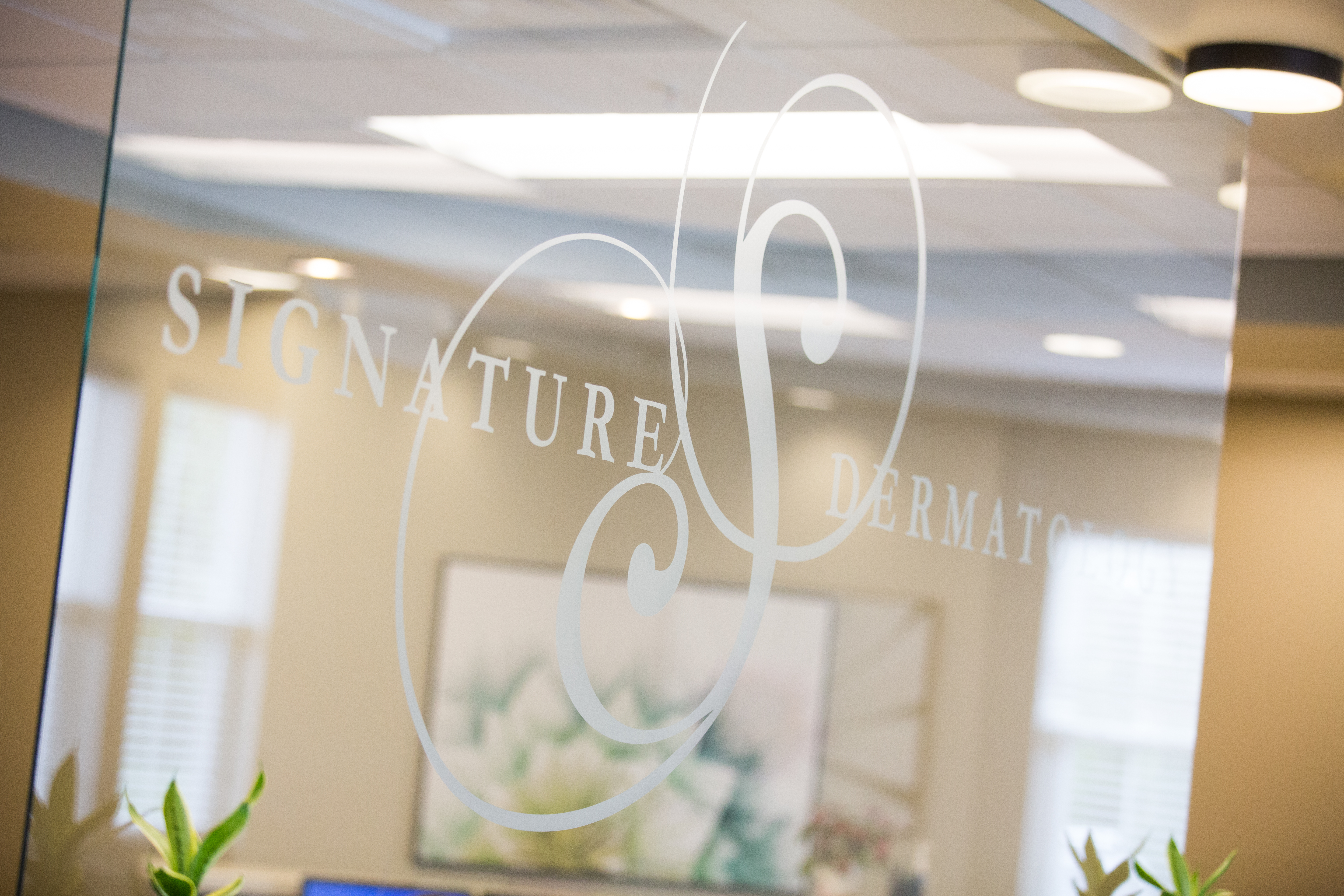
Signature
Surgical
Actinic Keratosis
Actinic Keratoses, commonly called ‘AKs’, are precancerous lesions that commonly occur in sun exposed areas like the face, backs of hands, arms and scalp. They are caused by exposure to the sun over many years. They are rough, scaling areas and are sometimes tender. If left untreated, they have the potential to evolve into squamous cell carcinoma. Some treatments include cryosurgery (freezing with liquid nitrogen), chemical peels, curettage and topical chemotherapy. Our dermatologists will customize a treatment plan specific to your needs and lifestyle.
Squamous Cell Skin Cancer
Squamous Cell Skin Cancer typically occurs in areas exposed to the sun like the face, scalp, chest and arms. It can present itself in many forms: a scaling area that will not heal, a dome shaped bump with a central core, a wart-like growth, or even an ulceration. If left alone, it will destroy the surrounding tissue like a cavity in a tooth. However, a small percentage can metastasize (spread to distant organs) and can be fatal. Treatment usually involves curettage, excision, or Mohs Micrographic Surgery.
Basal Cell Skin Cancer
Basal Cell Skin Cancer (BCC) is the most common type of skin cancer. It typically occurs in areas of sun burn like the nose, neck, shoulders, and forehead. Commonly, it looks like either a shiny, scaling patch of skin, an irritated bump, or even an ulceration. BCCs act like a cavities in a tooth and invade the surrounding structures. Treatment usually involves curettage, excision, or Mohs Micrographic Surgery.
Melanoma
Melanoma is a very serious type of skin cancer that can present itself as a new growth or from an existing mole that has changed. Melanoma can show up anywhere on the skin, and not just sun exposed areas. Common signs of melanoma include a growth that is asymmetric, has irregular borders, is multi-colored, and is growing or rapidly changing. Melanoma can be cured at early stages with excision. However, melanoma has the potential to be fatal. Self skin exams and annual full body skin exams here at Signature Dermatology are imperative to preventative skin care.
Atypical Moles
Atypical Moles (Dysplastic Nevi) are benign moles that resemble melanoma and are often removed. The more atypical moles one has, increases that person’s risk of melanoma. Patients who have these moles are discouraged to tan and to perform self skin examinations regularly. Any evolving or changing moles should be presented to your dermatologist here at Signature Dermatology immediately.
Cysts
Cysts are benign growths that present under the skin and can become large, irritated, and sometimes infected. They often express a malodorous substance. Cyst removal can safely be performed with excision in the office by one of our dermatologists.
Hilliard
P: (614) 777-1200
F: (614) 777-1294
Monday-Friday 8:00AM-5:00PM
3853 Trueman Court
Hilliard, OH 43026
Lewis Center
P: (614) 777-1200
F: (614) 777-1294
Monday-Friday 8:00AM-5:00PM
25 Hidden Ravines Drive
Powell, OH 43065
